|
One of the many things my students used to tease me about was my use of the word “favorite”. I tend to be fickle in my tastes and don’t really have any one thing that I can say I prefer above all others. I often make choices based on how I’m feeling at the moment. Sometimes my favorite lunch is salad; sometimes it’s guacamole and tortilla chips. Sometimes I want to go out for Italian food while sometimes I am hungry for steak. Sometimes I want to sit down with To Kill a Mockingbird while other times I crave non-fiction like The Devil in the White City. Students would mention a book during class and more often seemed logical I would say, “Oh! That’s my favorite!” I enjoy discussing books with people and sometimes the question, “What’s your favorite book?” is asked.
Now here’s the part where I’m going to be very real with you. My least favorite answer to that question is, “The Bible.” I know, I know! It’s the Bible! It’s the literal Word of God. But as an answer to that question, it seems like such a conversation-stopper. I’m excited to talk about being entertained by Pride and Prejudice or To Kill a Mockingbird and this answer comes across as demonstrating spiritual superiority. Maybe it’s not intended that way. I feel terrible about being annoyed by this answer but when I consider my feelings there’s a good explanation for my annoyance. The Bible is a big book. It is 66 books that vary in genre telling a meta-narrative of creation, fall, redemption, and restoration. When I was younger I would read it out of a sense of obligation one chapter at a time. The reading was painful because it was confusing and the sense of obligation made it a drudgery. For a while, on the advice of some lesson I heard, I tried to read until I found something to me. This was really hard to do particularly when reading through the law or genealogies. At some point, I gave up and did daily devotionals (sometimes) just to keep from feeling guilty. Then around 2012, I had a crisis of faith that drove me to ask, “Is all this really true? Am I wasting my time with all this God stuff or is there something worth clinging to?” I thank God daily that through a series of circumstances, I came upon friends and a congregation of believers who loved me and pointed me to God. They didn’t guilt me or push but they loved me, prayed for me, and left room for God to work. I started wanting to read the Bible because I wanted to see what it said. I hadn’t really considered the meta-narrative before so I wanted to learn about that. I read The Story and found myself riveted. I knew what was going to happen but I still couldn’t put it down! It was so exciting. Later I read The Books of the Bible which is the entire Bible with the chapter and verse numbers removed. You may think, as I did, that those aren’t a big deal, but boy, I was shocked to see how much clearer the text was. It was challenging to search and mark passages so I understand why we have the divisions we have but still deeply appreciated this read-through. For the last several years I’ve been on a quest to read through several different versions and so far I’ve read the KJV, NASB, NLV, HCSB, and the NIV. I'm currently working through the ESV but that’s going to take a while because I’m doing it one study at a time. I’m about a year six months in and I’m only through Psalms and sixteen chapters of Genesis. My reading is challenging as it changes me, exciting as I make connections and understand more about God, and enjoyable as I read along with the millions of others in our time and in ages past who have read and loved the same book. So what does all this have to do with my annoyance at answering “The Bible” when asked to name my favorite book? I think it’s because although it is a book I see it as so much more. It is fair to say that every book I’ve ever read has had some kind of impact on me. The words have made a difference in my life, which is why I love reading so much. In Pride and Prejudice, I see a beautiful love story, a quirky family, and a strong woman who refuses to settle for the life society has foisted upon her. In To Kill a Mockingbird I see the horrors of racism and prejudice through the innocent eyes of a child. I love these stories, but I would not die for the book itself or for the authors. In contrast, the Bible is a book full of ancient truths that are living and active. I would die for this book and its Author. I’ve seen this book change lives and I’ve seen people react in strong opposition to it because they hate its Author. I’m going to start posting the results of the last several years of reading, listening, watching, visiting, and interviewing people about women. Before doing so I want to clearly state that my foundational book, the book I try to consume daily, the book that has changed my life is the Bible. I love it. I would die for the words it contains and it is important to me that you know that because it will be my foundational premise. I look forward to sharing the things that I’ve learned and hearing from you about them.
2 Comments
The last few months have been challenging to say the least. Two members of my close family have passed into the next life and we've been missing them dearly. That's all I can say about that for now. God is good and he has promised to provide beauty for ashes. The world can be an ugly and stressful place. People can be rude and destructive. Assumptions and judgments are made about others and if your beliefs don’t match with others you can suffer derision and scorn. Sicknesses of all kinds are rampant and death is not restricted to unknown strangers. With all this going on in the world my home has become an extra special place. I work in my home, entertain in my home, and study my Bible as well as a large variety of subjects from my home. I’m home with my crazy dog who needs lots of work and activities. In summary, I spend a lot of time at home. This being the case, I have fallen really hard into houseplants. Yes, my home may look like I’m slowly losing a game of Jumanji, but there could be worse things to fill a home with. Here are a few of my beauties. Some houseplant gardeners like to have multiples of one particular plant. Not me. While I do have a few multiples, I prefer variety. Aren’t they amazing? Each plant’s leaf has a different color, structure, and shape. Each is unique in its own way. They remind me that God is creative and loves his creation. Yes, these plants are readily available to me at grocery stores and garden centers, but for millennia these were solely in their own ecosystems, quietly glorifying their Maker. Today there are hybrids and cultivated varieties, but they all shout praise with their incredible design.
When I study my plants, I see the toxic danger of root rot. I am reminded to be rooted in Christ. Colossians 2:6-7 “Therefore, as you received Christ Jesus the Lord, so walk in him, rooted and built up in him and established in the faith, just as you were taught, abounding in thanksgiving.” If my foundation is weak, if my roots, what grounds me, is sickly, I can not thrive and I will never bear fruit. That’s all for me today. I’m off to work around the house. Come see me. Stop in for a visit. I’d love to share some coffee and show you my plants. They are gorgeous. If you’re interesting in learning about plants, I would recommend these books. There are a lot of how to grow guides but most of the information in them is easily accessible from a quick Google search. These two books get into details and share some more in depth information. In my life, there have been many dreary days when the sun did not shine and it was too wet to go out and too cold to play ball. On those days I could read and travel around the globe with books. Sometimes I went to places that were real and sometimes I traveled into Narnia or Wonderland. In my travels, I discovered that from there to here, from there to there, funny things are everywhere.
When I grew up I became a teacher and had students who would rather eat green eggs and ham than read. They wouldn’t read in a box or with a fox, in a house or with a mouse, but with some work most discovered that they liked reading everywhere. March is celebrated as Reading Month by schools and families across the country. Special days and contests are designed to help students discover the joys of reading. We celebrate reading in March because March 2, is the birthday of Ted Geisel, better known as Dr. Seuss. Geisel did much to expand the library of children’s literature by creating high-interest stories as an author-illustrator as well as the editor of Beginner Books. He worked with P.D. Eastman and Stan and Jan Berenstain to create a library of titles that would motivate children to read including Go, Dog, Go and Old Hat New Hat. One of his requirements was that the illustration on the page had to match the words to help struggling readers self-correct. This year, the day is being swallowed up by controversy about the work of Dr. Seuss. I’ve seen more posts about the controversy than I have about reading month! So here’s my plan of action - I’m going to move forward without heeding any of the articles because they don’t affect me and I doubt they affect you. One story states that a school district in Virginia is dropping Dr. Seuss and another states that six books will no longer be published. Although I have opinions about these issues, neither announcement has any immediate effect on my life. I don’t live in Virginia and I already own a copy of And to Think That I Saw It On Mulberry Street. Andy Warhol predicted a world where everyone would be famous for fifteen minutes. I’ve seen people achieve those minutes in a variety of ways but it seems like a current popular method is to cancel something. People start sharing their approval or disapproval and soon it’s all anyone can talk about. But what happens then? We aren’t talking about the benefits of reading, rather we are arguing and fighting for something that really has no impact on us. I’ve seen many shares of the anti-Seuss campaign with great consternation and while this is understandable it has to stop. Social media gives you a positive feedback loop so the majority of what you see affirms your own viewpoints. This gets us nowhere. I strongly encourage you to read “The Zax.” It’s only a few pages long and can be found in The Sneetches and Other Stories. (That whole book is incredibly relatable right now. In “The Sneetches,” Sylvester McMonkey McBean takes advantage of the Sneetches by exploiting their desires and encouraging divisiveness.) In “The Zax,” a North-Going Zax and a South-Going Zax run into each other while walking across an open plain. Neither would deviate from their course and so they stayed butting heads for a couple of years until the growing world grew around them. Arguing with people on social media feels like that. I can argue and refuse to deviate course but what will that accomplish? So today, I’m asking you to join me. Don’t be a Zax. Don’t let Sylvester McMonkey McBean manipulate you. Pick up a book and read. If you can, read a Dr. Seuss book aloud today. Luke (age 2) was delighted by Green Eggs and Ham this afternoon and I plan on reading and discussing some of The Sneetches and Other Stories with Logan this evening. Read The Lorax and discuss conservation or read The Butter Battle Book and discuss nuclear proliferation. For a taste of what it feels like to age read You’re Only Old Once, but follow it up with something positive and inspiring like Horton Hatches an Egg. I know it’s upsetting to read about things “getting canceled” but you don’t have to participate. No one is coming for my books (yet) so I’m going to fight back against cancel culture by going around the “other Zax” and sharing my love for reading and learning with others. At night, don’t spend time fretting over what others are doing or refusing to do, rather inspire those whom you have the ability to influence then lay your head down saying, “Today is gone. Today was fun. Tomorrow is another one. Every day, from here to there, funny things are everywhere.” I'm currently reading a book called Oh, Ranger! It is a collection of stories and essays written by National Park Rangers. I was moved by an essay written by Shelton Johnson, an African-American National Park Service ranger. While looking through photographs at Yosemite's research library he found a photograph of 25 African-Amerian soldiers who had protected the land from ranchers who were grazing their animals on park land. Their names are not recorded but these soldiers protected Yosemite until they were relieved by another regiment who noted their excellent service. Often African-American men would choose to serve in the military because it was one of the few jobs that provided a pension available to them. That said, they still failed to receive proper respect. Ranger Johanson wrote them a letter thanking them for their service and for allowing himself to be caught up in their story. I found the ending particularly poignant: "Thank you for clearing the trail that I followed 100 years later. You cannot imagine how your passage has made my journey infinitely easier, as I hope mine will be for those who follow." My heart hurts when I read stories about violence against others because of how they look. These stories go back for hundreds of years and involve all sorts of people. They are sad, dark, and full of hate. Do you hate these stories too? Perhaps, like those soldiers who protected Yosemite, we can do some things to make the journey of those who follow us a bit easier.
If you ran yesterday and posted about in on social media, good for you. Now keep running. Keep moving. Call someone in an elected office. Create a petition. Volunteer to help others. Look each person you meet in the eyes and see them as a life created for a purpose. One of my favorite preschool memories is Jay asking Maddie what color her new baby was going to be, brown or white. Maddie, whose mom was very pregnant, was the only fair-skinned child out of my 10 students. She looked around the room and said, “I don’t know, probably brown.” They honestly didn’t know why our skin looks the way it does. It appeared to be about statistics to them and asking about it was as casual as asking a friend to pass the playdough. Aging robs us of the innocence of youth but it doesn’t have to rob us of our curiosity. Below I’ve provided a list of books that have helped me get into the lives and experiences of those whose heritage I do not share. True these are fiction, but the experiences of the characters are very real. I, like Ranger Johnson, thank those who have come before me. I come from a line of curious and compassionate people. My wish is that my life will pave the way for future generations to share God’s love with the world as I try, yet often fail, to do. Copper Sun by Sharon Draper
Elijah of Buxton by Christopher Paul Curtis The Watsons Go to Birmingham, 1968 by Christopher Paul Curtis Stella by Starlight by Sharon Draper Finding Someplace by Denise Lewis Patrick Chains by Laurie Hase Anderson Brown Girl Dreaming by Jacquline Woodson Roll of Thunder Hear My Cry by Mildred Taylor A Long Walk to Water by Linda Sue Park Underground by Jean Ferris Today's Word: Symbiotic Four syllables. Pronounced [sim-bahy-ot-ik]. adjective. Defined on Dictionary.com as “living in symbiosis, or having an interdependent relationship.”
I’m currently reading a book called Eager: The Surprising, Secret Life of Beavers, and Why They Matter. After telling some friends that I was reading this book they consoled me and offered some ideas about how to relieve my boredom. Undaunted, I told them I wasn’t bored. This is just the kind of book I find interesting. Did you know that beavers could reduce wildfires and help stop the droughts that plague the west? I didn’t, but I do now. My family and friends know what’s coming when I’m pulling up photos to show them - “Look! Look here at Susie Creek. Notice the changes that have occurred since the introduction of beavers! Where are you going? This is fascinating!” They’ve grown accustomed to hearing about whatever book I’m reading at the time. “Caffeine had a crazy impact on the French Revolution.” “King Leopold . . . what a terrible human he was.” “So people are wary of AI but what we really need to monitor are algorithms.” From Eager, I learned about the symbiotic relationship between beavers, elk, wolves, and salmon. When humans alter one or more of the parts of an ecosystem, the system falls out of balance. Repairing that imbalance is usually possible, but often costly. For example, since 2006 bats have been combating diseases including White-Nose Syndrome. It is really easy to say, “Bats are gross. They freak me out. Who cares if they all die.” BUT Bats save farmers billions of dollars each year by eliminating pests. Farmers would spend significantly more on pesticides if bats were eliminated. (Not to mention the impact of increased pesticides on the food system.) Bats also feast on bugs which controls the insect population and act as pollinators. So why should you care about bats? Because they fix a problem (insects/pollination) that you didn’t know you needed fixing. Generally, I thought of the word symbiotic in a scientific manner - organisms need each other to survive - but after spending over a month in quarantine I’ve realized that symbiotic is much more. As an introvert, I am perfectly happy to stay home and spend time alone. My biggest struggle at the beginning of quarantine wasn’t being apart from people. It was that Logan and Jason were both home and I couldn’t be more alone. Now we are settling into a pattern of me spending time reading while Jason and Logan connect with friends via technology. I stay connected with people via texts, emails, phone calls, and Zoom. Then we come back together for cooking and games. Something that has become painfully obvious to our household, as well as the rest of the world, is the symbiotic relationships we are part of that are currently missing from our lives. Logan worked out a lot of his angst at school while chasing friends, messing around in the halls, and moving around the school with his people. Walking alone outside during “forced outside time” doesn’t provide the same kind of effect. We’re seeing a similar breakdown of relationships causing fallout in the economic sector. We have a symbiotic relationship with each other that so many of us, including me, took for granted. Until now. If you are sad and tired of being alone, that’s okay. It’s okay to be sad that you feel alone. In fact, being alone was the first thing that God said wasn’t good about His creation. Check out this passage from Genesis 2. “The Lord God took the man and put him in the Garden of Eden to work it and take care of it. And the Lord God commanded the man, “You are free to eat from any tree in the garden; but you must not eat from the tree of the knowledge of good and evil, for when you eat from it you will certainly die.” The Lord God said, “It is not good for the man to be alone. I will make a helper suitable for him.” Now the Lord God had formed out of the ground all the wild animals and all the birds in the sky. He brought them to the man to see what he would name them; and whatever the man called each living creature, that was its name. So the man gave names to all the livestock, the birds in the sky and all the wild animals. But for Adam, no suitable helper was found. So the Lord God caused the man to fall into a deep sleep; and while he was sleeping, he took one of the man’s ribs and then closed up the place with flesh. Then the Lord God made a woman from the rib he had taken out of the man, and he brought her to the man. The man said, “This is now bone of my bones and flesh of my flesh; she shall be called ‘woman,’ for she was taken out of man.” As a child, I wondered how long it took for Adam to feel alone. I thought it must have been a very long time because he had all of Eden to explore, he named the animals, he talked to God, but then when I saw that God made Adam AND Eve on day six I realized that Adam had been lonely after less than ONE day. I’ll save any comments about men needing women and just point out that we weren’t supposed to be alone. When Adam is introduced to Eve he breaks out in verse and gives us the first lines of poetry ever spoken. If you are looking forward to celebrating with others when this is over that is exactly the way God created you to feel. Connected. I hope that this time of quarantine has helped you focus more on those with whom you have a symbiotic relationship. I know I have realized how much I like sitting around people even if I don’t like being at loud parties. I’ve realized how much encouragement I get from seeing my kids laugh and talk together. I’ve realized the great pleasure I took in deep conversations over coffee or dinner with friends. This too shall pass but I hope the lessons I’ve learned don’t. I’m a huge fan of Far Side by Gary Larson. If you aren’t familiar with it, it’s a syndicated comic that was usually one pannel. The figures are distorted and the humor is quirky. One that has stuck with me was titled “Classic Conversation Stoppers.” The panel is divided into four squares and depicts four men talking to guests. Each of the men is saying something that is guaranteed to end a conversation. My favorite is the guy saying, “‘Contagious? Contagious?’ I asked my doctor. ‘Realy contagious,’ he tells me.” Insert awkward pause. Have you ever experienced something like this? You say something and people respond with awkward silence. Last year I created a presentation about World War I to commemorate the 100th anniversary of the end of the war. After completing that I decided to work on a presentation commemorating the 100th anniversary of the 19th amendment to the Constitution, which grants women the right to vote. I thought World War I had been tricky to investigate, but nothing could have prepared me for the mess that I’ve found during my study of the women’s suffrage movement. In my research, I’ve studied Biblical anthropology - the study of humans as they relate to God, the history of women in the United States and Western Culture, and the philosophical foundations of the feminist movement. Phew! I’ve read about Upity Women of Medieval Times, Wild Women of Michigan, 12 Extraordinary Women of the Bible. I’ve read The Women’s Hour, Roses and Radicals, and (I truly loved this one) Cinderella Ate My Daughter. Relating to business I’m reading Lean In and, as a counterpoint, Lean Out. I’m intrigued and immensely enjoying this research, but all these viewpoints and counterpoints leave my brain a tangled mess. When my thoughts become tangled, I find the best method of unraveling them is talking. I’ve come up with some of my best party planning ideas when talking to the cashier while at the supermarket checkout. (Probably why I’m not interested in curbside pick up or grocery delivery.) In the past few months, I’ve learned that the phrase, “I’m studying the history of women’s rights,” is a classic conversation stopper. People become uncomfortable and shift around looking for an out. One person abruptly stated they had to leave and ran away. I think most people are afraid of getting involved in a controversial conversation because of the tension in our current culture. Viewpoints collide and emotions run deep, but I believe that this is a very important and vital study. I keep typing and deleting as I’m trying to explain further, but I’ll never be able to fit everything I want to say in this post. I’m going to state a few truths I’ve discovered, and leave it at that for now.
That’s all I’m going to say about this for now. I can already feel the discomfort and I can hear the, “Well, I don’t know what she means by that,” running through your mind. Feel free to comment below or message me if you want to talk more about this and look for future posts about women’s rights. Wait! Where are you going? I need someone to talk to about this! Tomorrow my sister and I head out to visit the Women’s Rights National Monument. It is in Seneca Falls, New York and is the sight of the first Women’s Rights Convention where the suffrage issue (women voting) was first publically proposed. As I research this topic, I feel that visiting this monument will help me gain a deeper perspective on the issue and the time spent with my sister will help me unravel my thoughts. Follow along on my Instagram (@edy2207) story for an inside look at our adventure.
The news reports statistics that demonstrate an increase in cancer and heart disease. Desperate to prevent and cure these, we spend ample resources protecting ourselves and our loved ones. We take supplements, exercise, buy organic, and spend fraught filled hours researching the safest household products. Could my water bottle be killing me? Yet even with all this, careful prevention people die of heart disease. People still get cancer. Each year over 600,000 people die of each, which amounts to more than 1.2 million deaths per year in the United States alone.
I share these statistics because I want you to know that I understand the devastating effects of diseases. I have friends who are fighting and suffering through these and know many who have lost their battles. What I would like to offer today is some perspective and a dose of hope into the devastation and brokenness of modern diseases. One of my favorite genres to read is medical mysteries and histories. My three favorite examples of these are Quakery: A Brief History of the Worst Way to Cure Everything, The Royal Art of Poison: Filthy Palaces, Fatal Cosmetics, Deadly Medicine, and Murder Most Foul, and Get Well Soon: History's Worst Plagues and the Heroes Who Fought Them. My family is often horrified by these books, but I just can't get enough. Anyone who reminisces for times gone by and wishes they could live in the olden days should be slapped and forced to read any one of these. I say that jokingly, but our minds are skewed by watching historical dramas on film and wondering at the beauty and ornateness of palaces and castles. Sickness reigned supreme and in our days of nervousness over how many and which types of supplements should we be taking, we forget just how bad life was. Let me explain.
I look forward to a future free from death and misery, but we aren't there yet. Because of sin, we will all die of something. The hope I offer is that by God's grace in preserving my life and your life through medical science and investigation He has given me more time than those who lived before. We are now living longer and enjoying greater health than that of any other time in history. Give thanks for the health (no matter how little) you have and praise God for his gift of salvation! I recently had the amazing opportunity to present at a teacher's convention. This particular convention included Christian educators from all over the Great Lakes Region. I presented about World War I and about teaching history with a Biblical worldview. I think I'm supposed to be all calm and professional about it, but can I just say -- THAT WAS SO MUCH FUN!!! I got to talk to teachers and talk about nerdy history stuff and it was just the best! Okay, back to sounding like a calm adult. I would relish any other opportunities to speak to groups in the future should the opportunity arise. Although my presentations weren't specifically about reading books, I had stacks of books to recommend at each. I see immense benefits in students reading across a broad spectrum of genres and topics. Reading allows students to take their education into their own hands and study what they are interested in. Because we all differ so much in personality, it is always difficult if not impossible to find books that please everyone. When teaching 6th-grade reading, I used a method that I learned from Donalyn Miller in The Book Whisper. I assigned a total of 36 books for my students to read throughout the school year. I know this sounds daunting, but here's how it worked.
I used this method for three years and saw immense success. Pitfalls could arise so it's important for each teacher using this program to consider the definition of success that best matches their goals. My goal was to encourage literacy and get students reading. I had some students that only managed to read 5 or 10 books. I saw this as a win. As long as they noted everything and turned it in they at least got a C grade. (By the way, a C is and is acceptable. I'll write about that another day.) I also allowed and even encouraged students to read graphic novels. Nathan Hale writes fantastic graphic novels in the historical fiction genre. Some graphic novels, such as Snow White, have little to no words but tell a compelling story. I would talk with students and make sure they understood the symbolism and picked up on the literary devices the author employed in the illustrations. Learning to "read" pictures is a very powerful tool especially in this day when images are king. For my class, success equaled books consumed. And did my students consume books! During the 2015-16 school year, I had 52 students and we read over 1,400 books. Below, you can see a picture of our book chain. So that's how I taught reading. I got to read and learn with the students and we all grew. Maybe it isn't for every classroom, but I can't imagine my life without this experience. What was your classroom reading experience like as a middle school and high school student? Comment below and let me know. Today's wonder word isn't unusual or rarely used like spanghew or defenestration, but it is one one of my favorite words so I'll get right to it. Today's Words: Curious, Curiosity, Curiously Curious: Three syllables. Pronounced [kyoor-ee-uhs] Adjective. Defined by the OAD as eager to know or learn something Curiosity: Five syllables. Pronounced [kyoo r-ee-os-i-tee] Noun. Defined by the OAD as strong desire to know or learn something Curiously: Four syllables. Pronounced [kyoo-ee-uhs-lee] Adverb. The adverb form of curious. Curiosity is often associated with the young because children tend to ask a lot of questions. Sometimes parents bemoan this as a frustration because the timing of the questions can be frustrating. In our house, bedtime always seems to produce deep theological questions. Instead of looking at children's questions as frustrating, we should recognize that curiosity is a powerful thing. Albert Einstein said, "I have no special talent. I am only passionately curious." I would argue that he was particularly talented, but I think the point he was trying to make is the curiosity drives learning and growth and he had a lot of curiosity. Why is curiosity so important? Well, without it we accept our life as it is. That is not to say that curiosity breeds discontentment. Curiosity asks questions and seeks answers about how the world works rather than lamenting over one's current state. Alice's curiosity is what leads her though Wonderland. Had she been scared or disinterested she might have curled up in a ball of terror instead of continuing to explore. Curiosity encourages contentment because it occupies the mind with thinking and removes boredom. I've noticed that people (kids and adults) who are easily bored are often not very curious individuals. Curiosity gives the mind a place to go when the body is stuck in one place. Why is grass green? Why are there so many people working in this restaurant's kitchen? Who buys all the Spam at the grocery store? Why do birds move like that? Curiosity breeds wonder and wonder is a fantastic feeling. After reading Quackery, a book about the history of medicine, not only was I more curious about the history of medicine I was also left with a sense of wonder that any of us have survived to the year 2019. After reading Consider the Fork, I was left curious about the history of other household objects and in wonder of the simple innovations that make my life what it is. In How Children Succeed, Paul Tough argues that curiosity is a powerful motivator and an indicator of future success. High marks on report cards indicate an ability to follow directions (which is good) but a strong sense of curiosity is an indicator of future success (even better). Experts in listening and conversation will state all kinds of ways to engage in stimulating conversation. They will tell you to mirror your counterpart's body language and nod to let them know you're listening and a bunch more things to remember, but really, if you're curious about what you're hearing and you are paying attention you will listen well without all the steps. (Here's a great TED Talk to that effect.) So my challenge for you on this day is to live curiously. Live eager to know or learn something. In a conversation with someone who has strong opinions you disagree with? Find out WHY they hold those strong opinions. At a restaurant where your food taking too long to come up? Look at the restaurant design and try to understand the designers choices. On a long car ride? Ask questions about the lives of those you are with. A curious life is always growing and always moving forward. One last book recommendation for today is A Curious Mind by Brian Grazer and Charles Fishman. Grazer makes the case that his successes in life have a great deal to do with his curiosity and passion to learn new things from interesting people.
As I write this I am sitting in front of what is known as the "Rosa Parks Bus." It is the bus that the famous incident involving Mrs. Parks refusing to give up her seat took place. In my research on the American Woman Parks' name has come up several times. Let me back up. This week Logan and his buddy Derek are participating in Day Camp at the Henry Ford. The Henry Ford is like Disney World for history nerds and is a must see. The Henry Ford is made up of multiple institutions the main two being the Museum of American Innovation and Greenfield Village. When Henry Ford created them his goal was to tell history from the perspective of the average American. History is about presidents and important figures, but it's also about the innovations that impact our every day lives. Both the Village and Museum are dedicated to celebrating those innovations and honoring our nation's history. So, back to the bus. In just the few minutes it's taken to type this, almost 50 people have climbed on and off the bus. A docent inside tells the story of that December day in Alabama and points out the seat that Parks refused to give up. The children inside excitedly vie to sit in the exact spot then skip off happy that they've experienced a part of history. There's even a Scandinavian tour group with professional film equipment filming about it. I have no idea what they are saying but it’s interesting to watch them explore the history of our country. In my research about American women, I've come across Rosa Parks several times. Each time I've read that she is brave because she sat. When I read this it's felt like something has been missing. There were several people before Parks who were arrested for refusing to give up their seats which made me wonder what was different about their story. They sat. Why don't their names go down in history? Oddly enough the answer came when I was reading the book The Power of Habit: Why We Do What We Do in Life and Business. In the chapter referring to habits of societies, Duhigg explains that Parks was a unique individual because of her character and her community involvement. "Parks' many friendships and affiliations cut across the city's racial and economic lines. She was the secretary of the local NAACP chapter, attended the Methodist church, and helped oversee a youth organization at the Lutheran church near her home. She spent some weekends volunteering at a shelter, others with a botanical club, and on Wednesday nights often joined a group of women who knit blankets for a local hospital. She volunteered dressmaking services to poor families and provided last-minute gown alterations for wealthy white debutantes." He goes on to connect the facts and mentions that the previous riders who refused to move were arrested, but nothing came of it because they were unknowns, yet when Rosa Parks was arrested it caused a ripple through the community. She had invested her time in the community and that community came to her support. But all that community doesn’t explain my discomfort with celebrating Rosa Parks for "sitting." Duhigg, after detailing Parks' community involvement, explained that the former leader of the Montgomery NAACP and a white lawyer named Clifford Durr bailed her out of jail. Community leaders had been looking for a case to challenge bus segregation and with Parks' sterling reputation they believed they had found a worthy cause to take to the courts. Parks' husband was initially opposed to the idea because he knew the danger she was putting herself in. Her husband's warning, "The white folks will kill you, Rosa," was not an empty worry. Threats of violence and death were common for those who dared to alter the status quo, but despite the possible danger, Parks allowed her case to be the rally point for the protests and the boycott. Both she and her husband lost their jobs and received multiple death threats. Yet, she didn't give in and she allowed her case to move through the courts. Eventually, they moved to Detroit hoping to start over after losing so much. There! There it is! Now, I am beginning to understand what was so remarkable about her. She shouldn't be remembered as a woman who sat. She should be remembered for 1.) Her kindness and community involvement. 2.) Refusing to move despite knowing the possibility of arrest or physical violence. (I was told by the docent that the bus drivers often carried clubs or guns to enforce the rules.) 3.) Standing and allowing her arrest to be used in the court case that changed a city and became a major event in the Civil Rights Movement despite the costs. Too often we relegate people's stories to a paragraph and forget that their lives are as complicated and as deep as our own. Rosa Parks' story is one of compassion, community, and courage. She didn't receive the notoriety she has today until much later in her life. In our culture of instant gratification, it is important to share that standing up for something and being remembered rarely happens for those who don't have a depth of character. We need to remember that standing for what you believe in is not easy and will likely not lead to fame and success, but doing something because you believe it is the right thing to do may just change the world. Rosa Parks visited the Greenfield Village in 1992. These photos are of her at the Mattox House.
|
"A jack of all trades is a master of none, but oftentimes better than a master of one." Archives
May 2020
Categories
All
|
AdventuresGet in Touch |

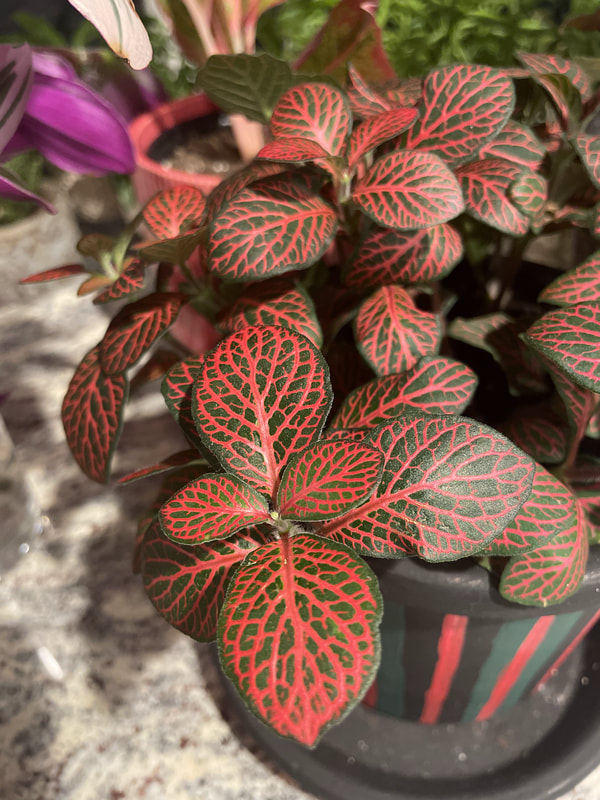
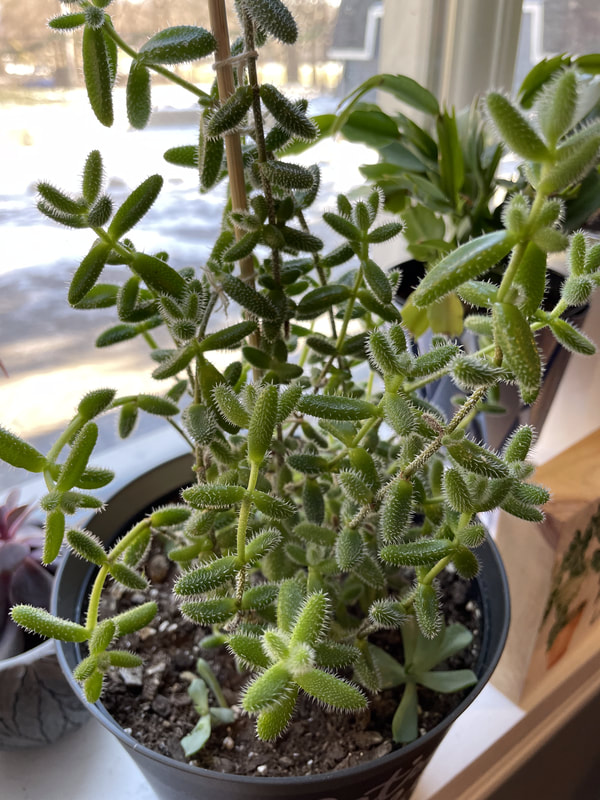
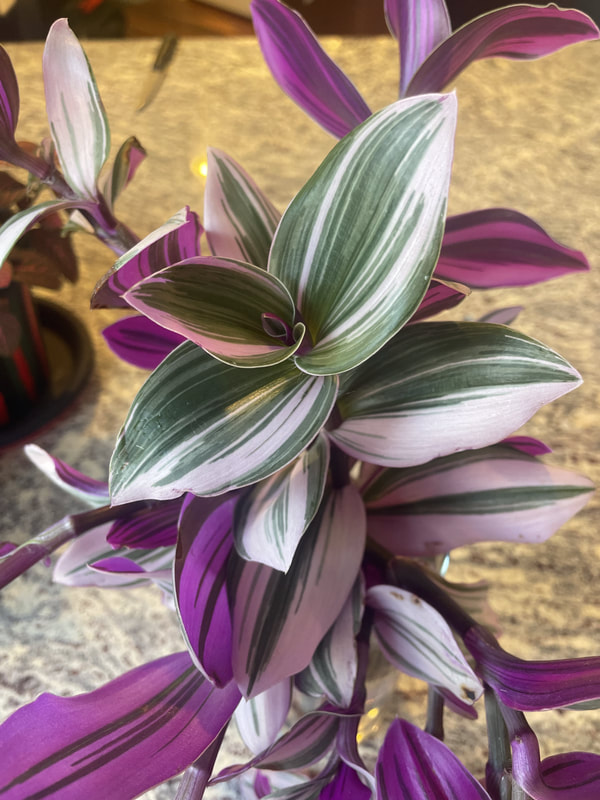
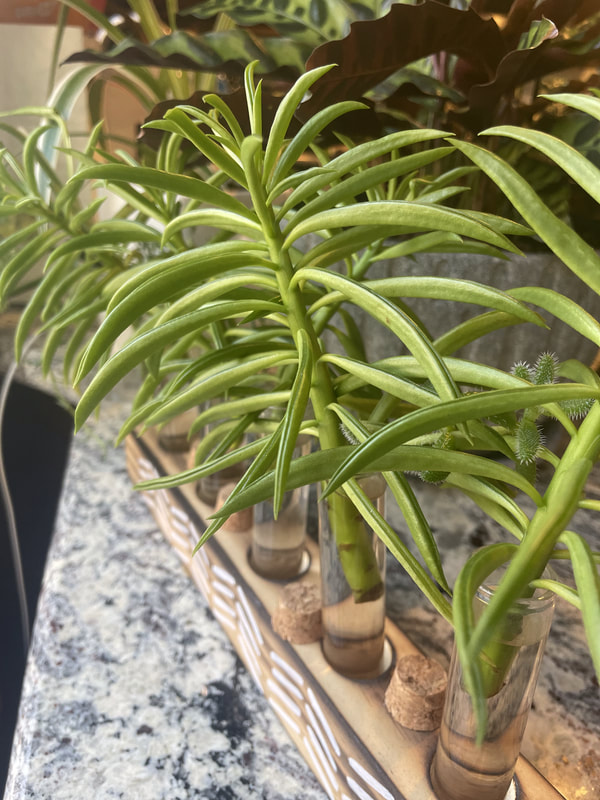
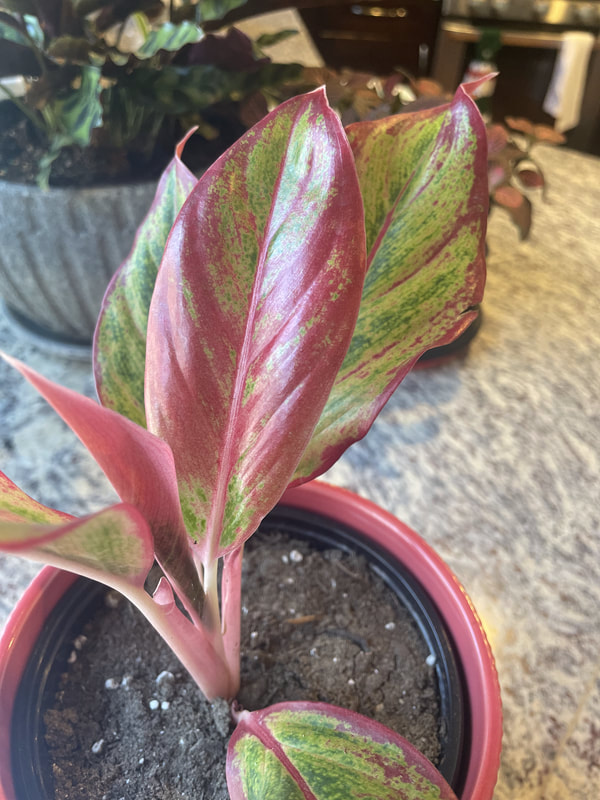
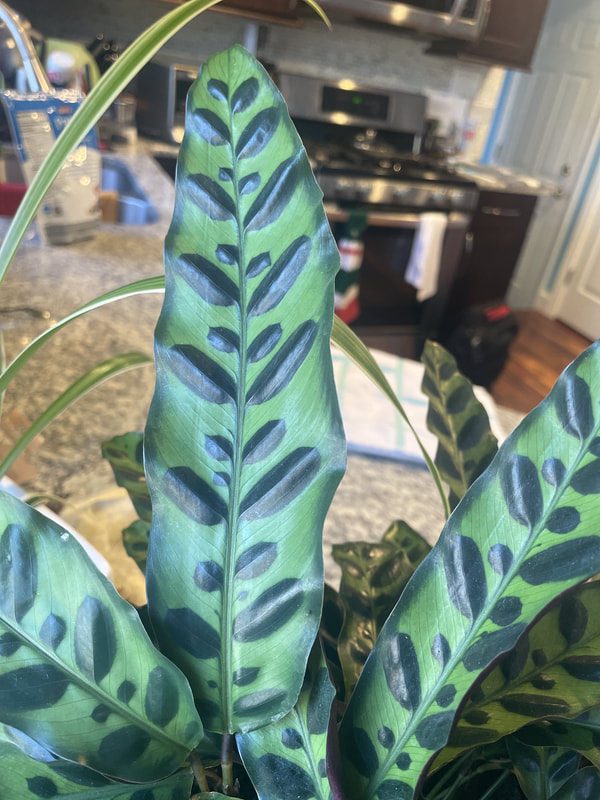
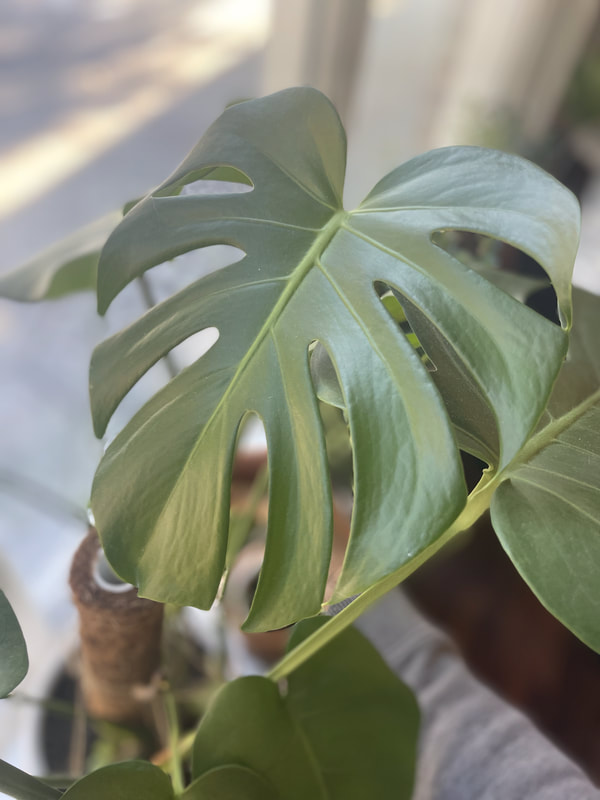
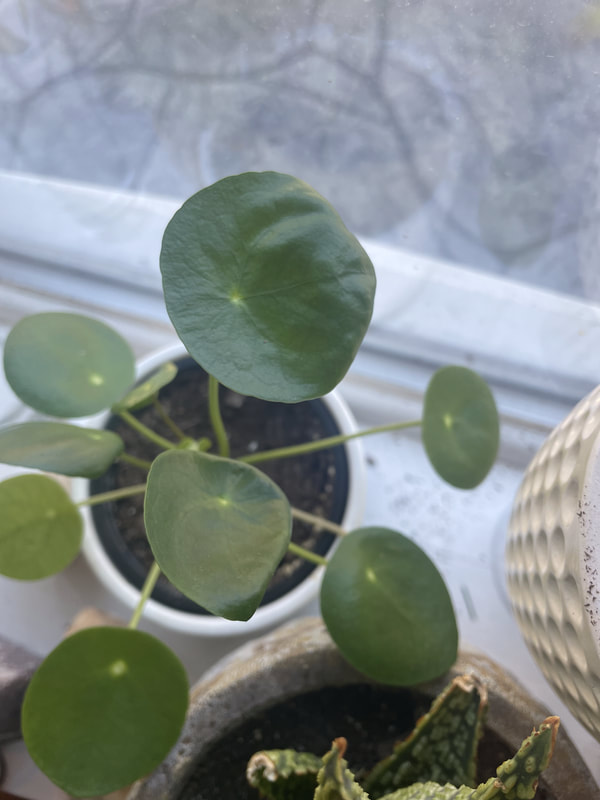
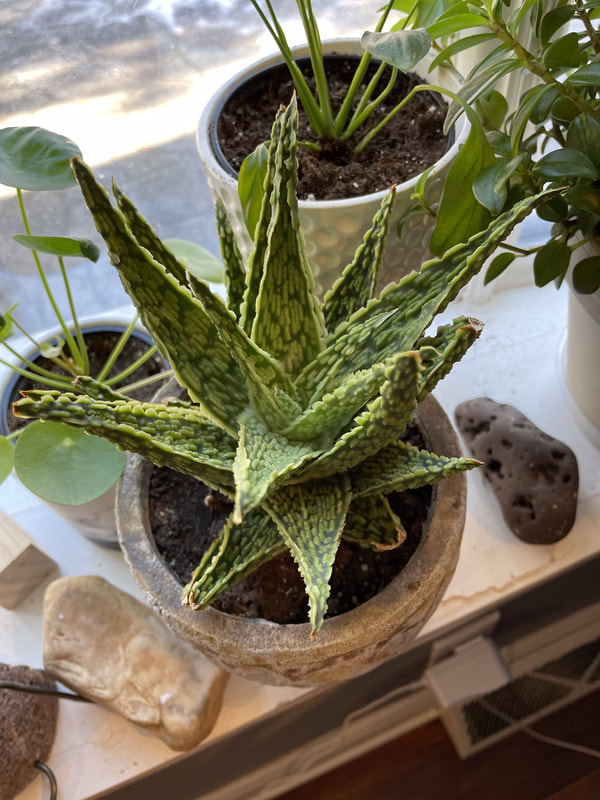
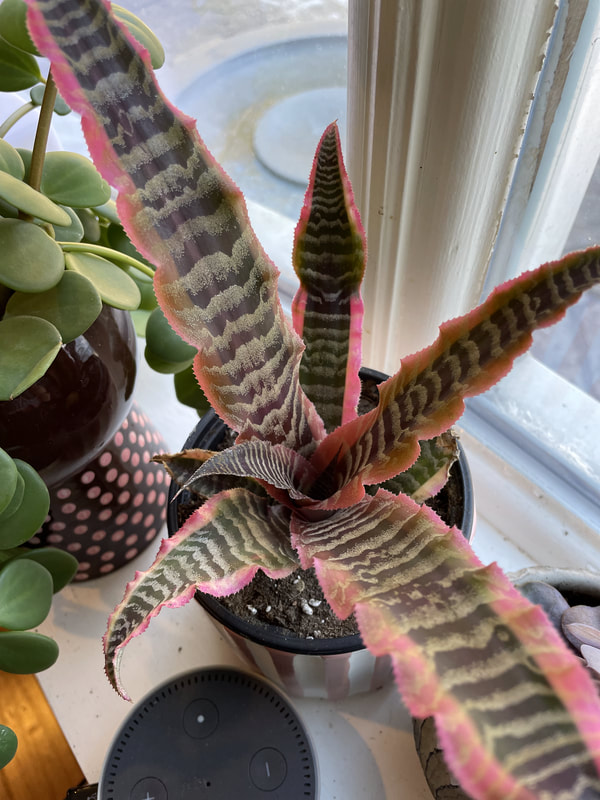
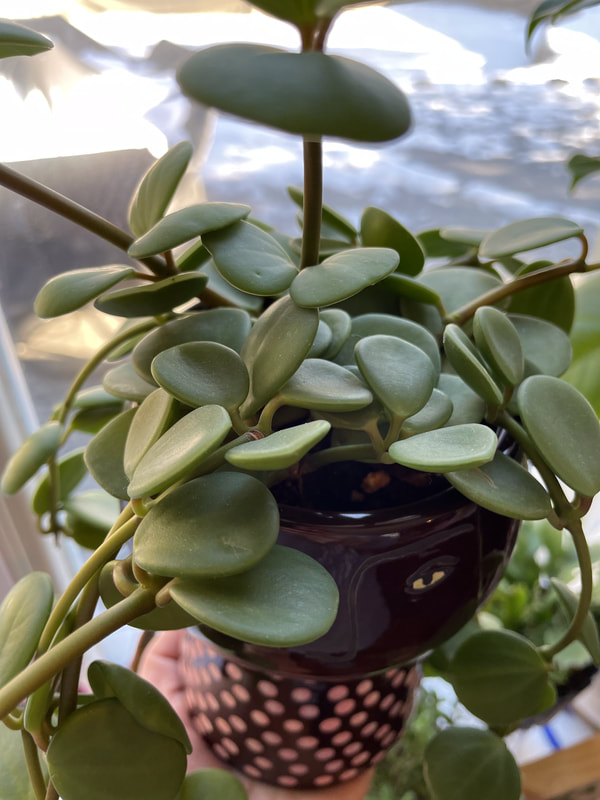
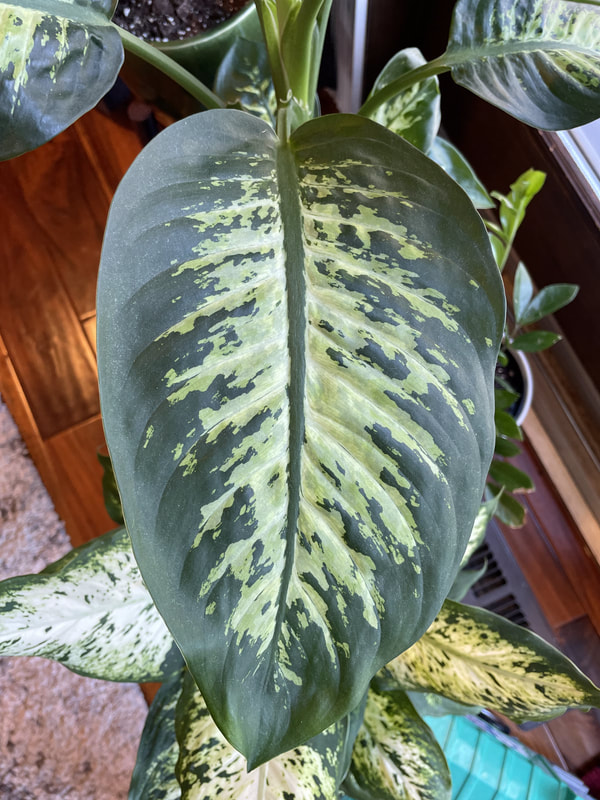
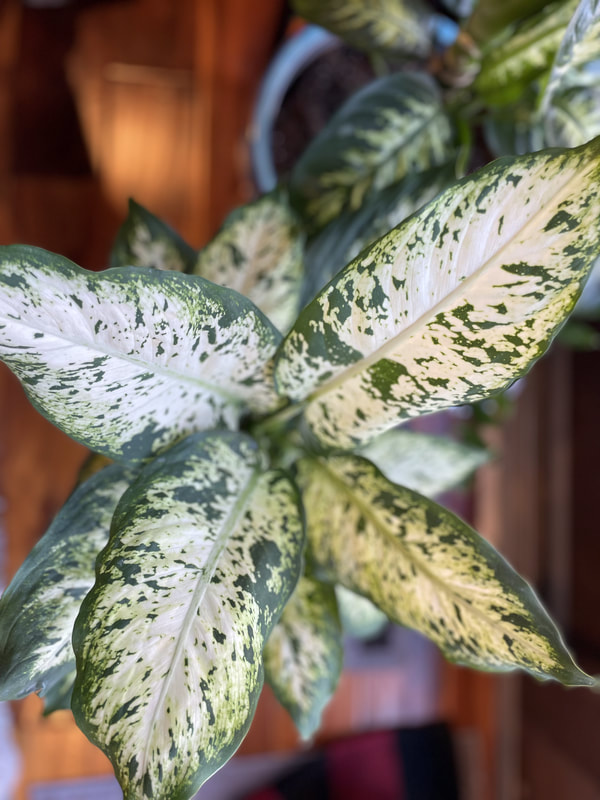
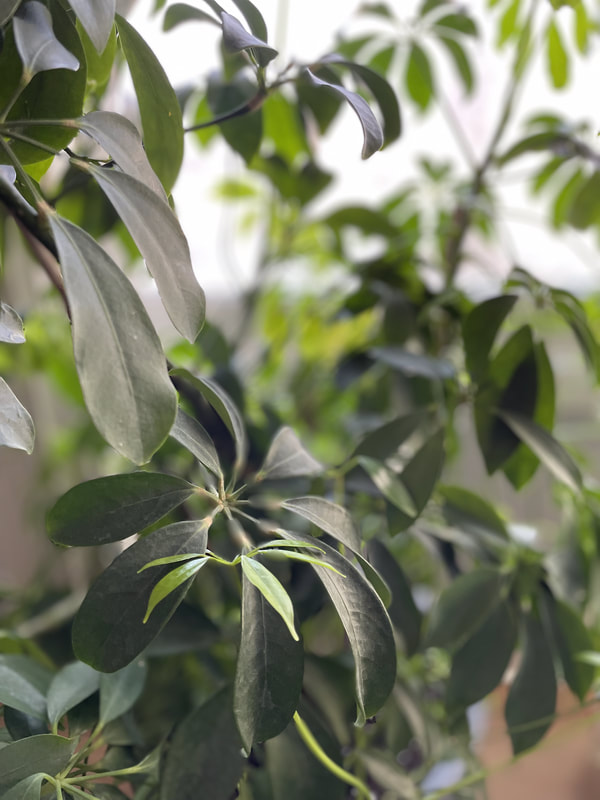
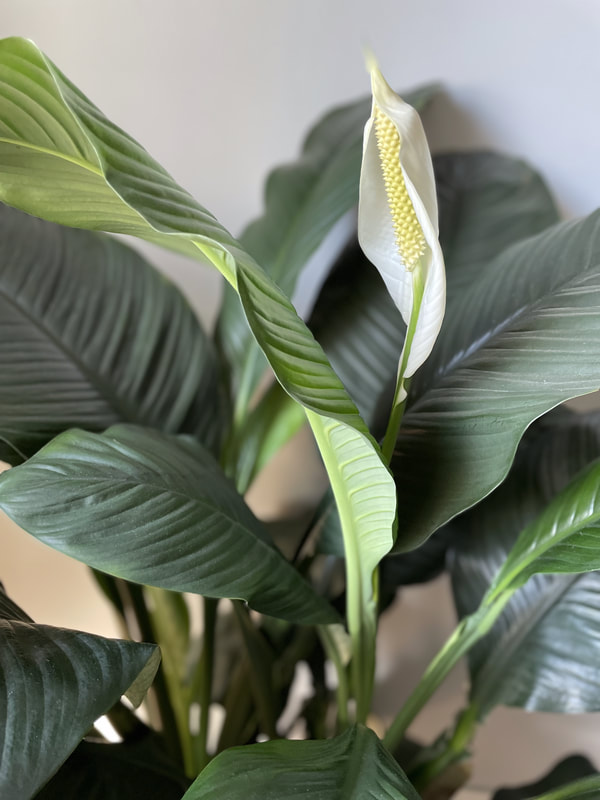
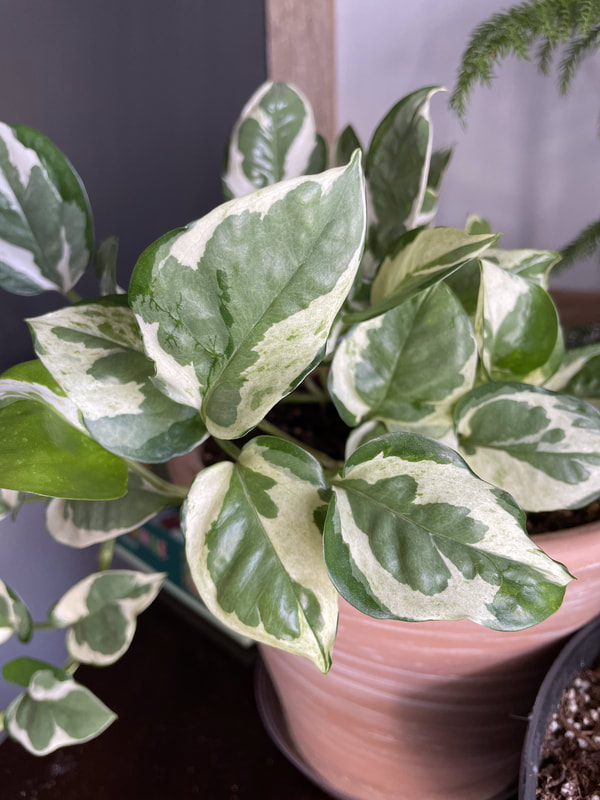

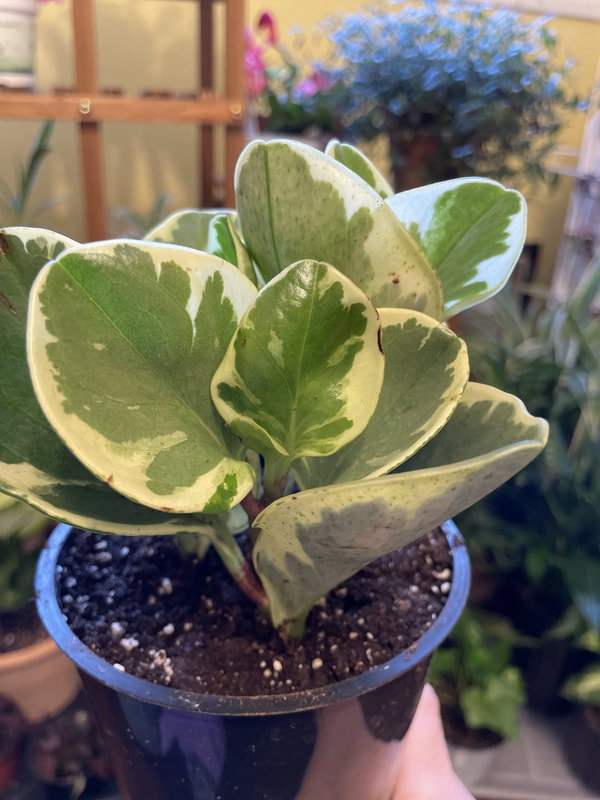
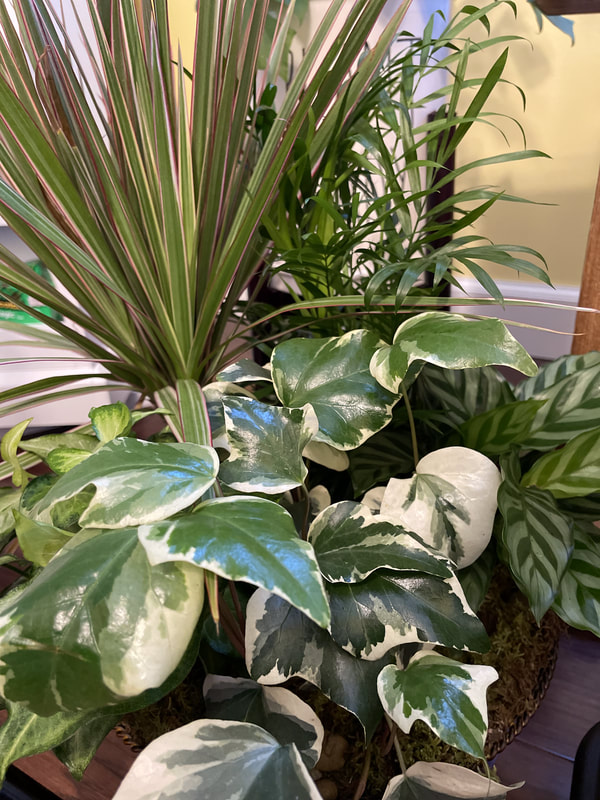
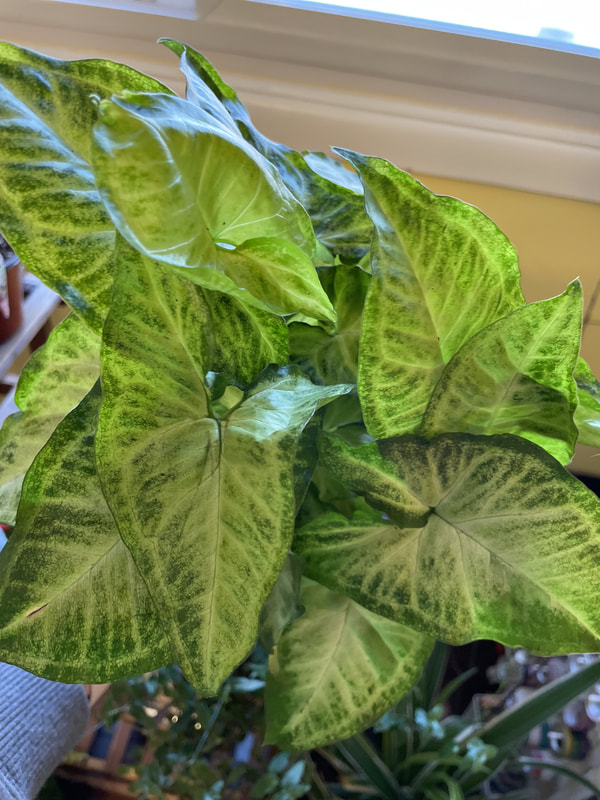
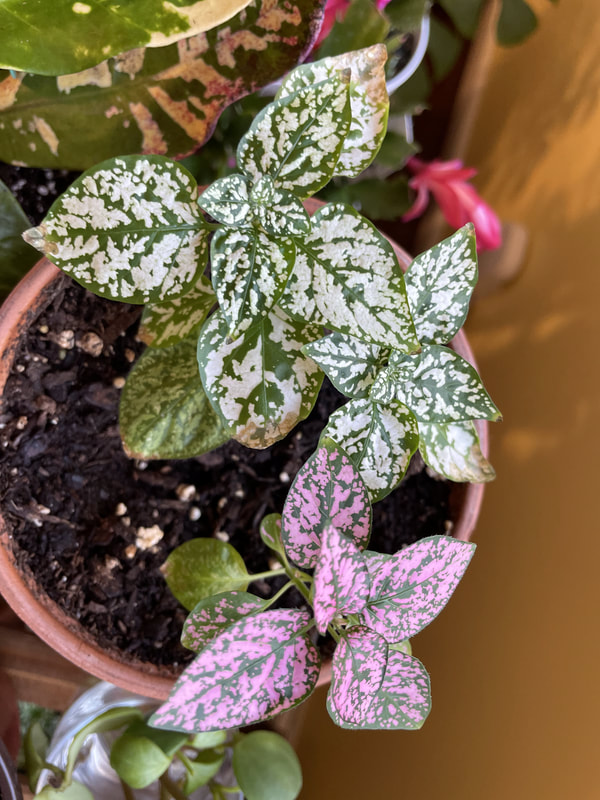
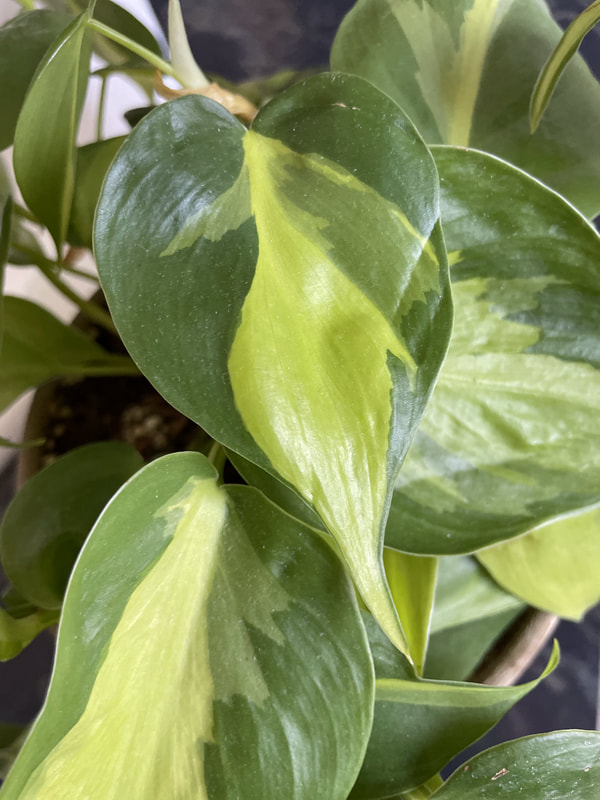
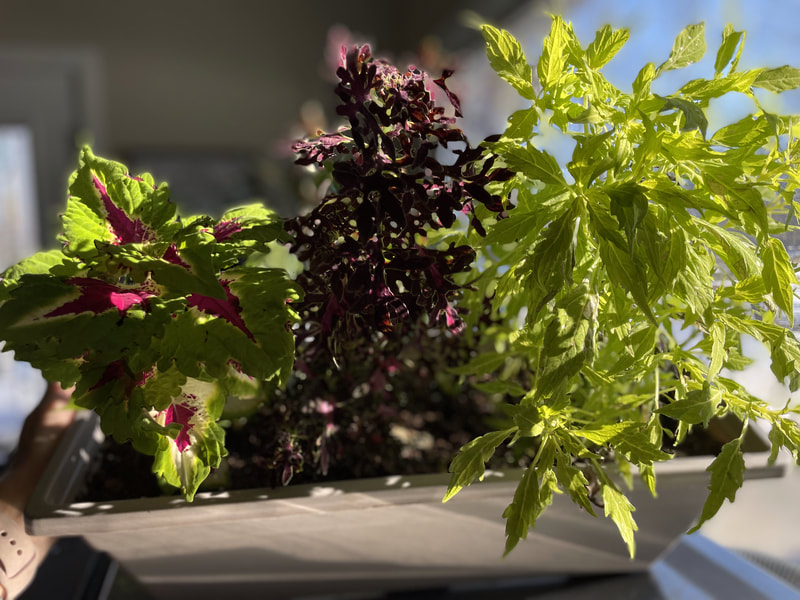
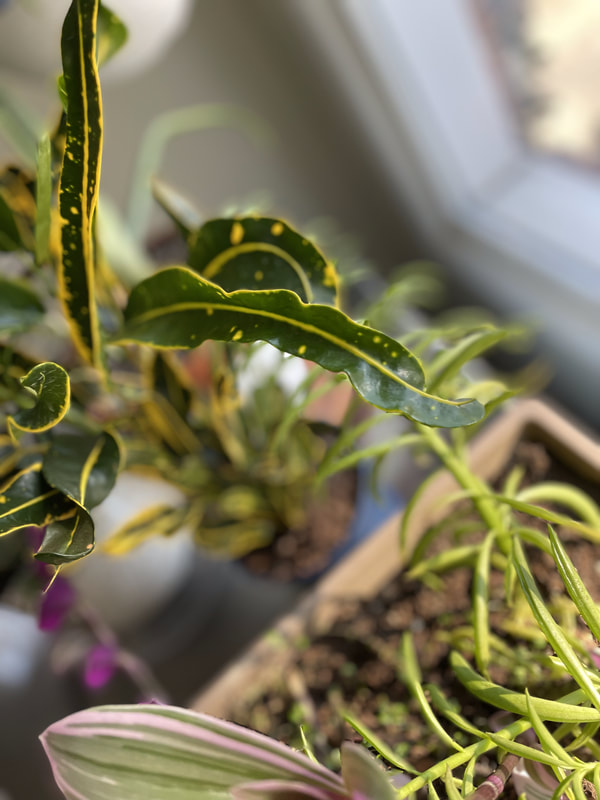
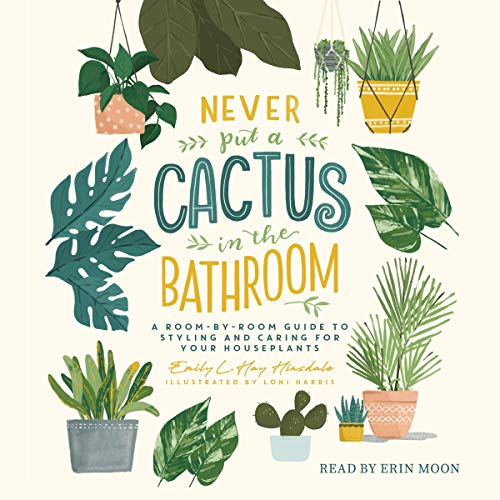
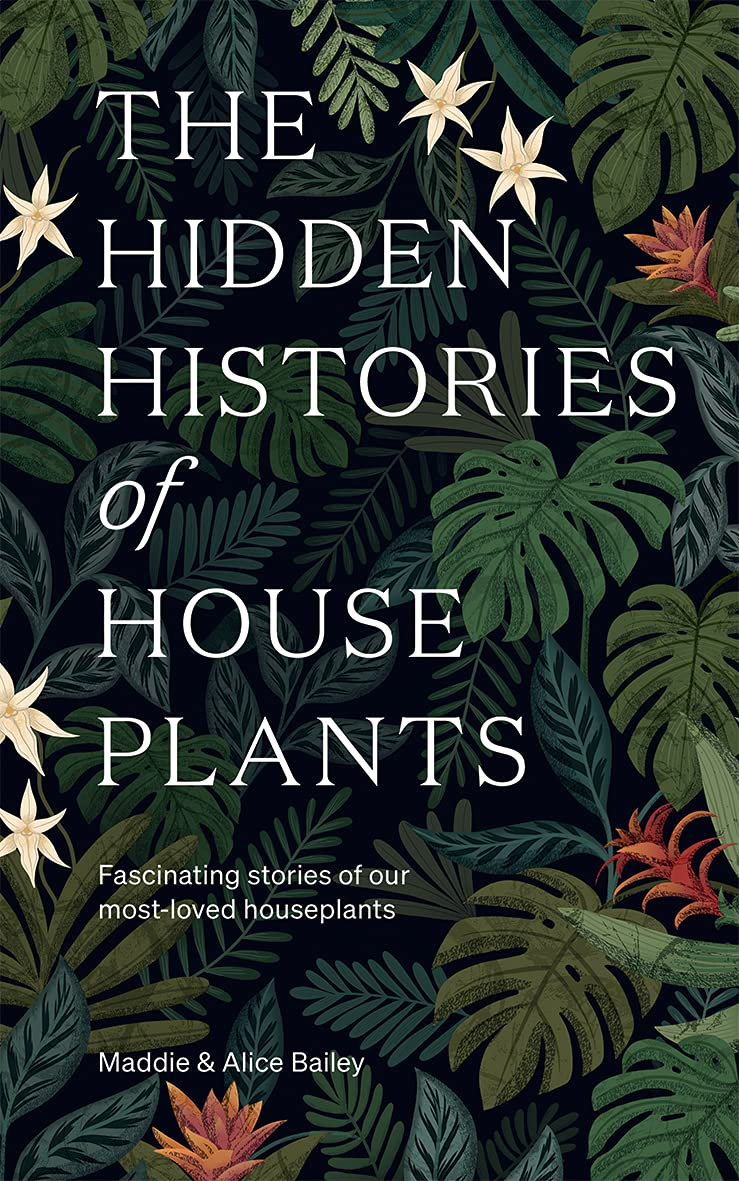
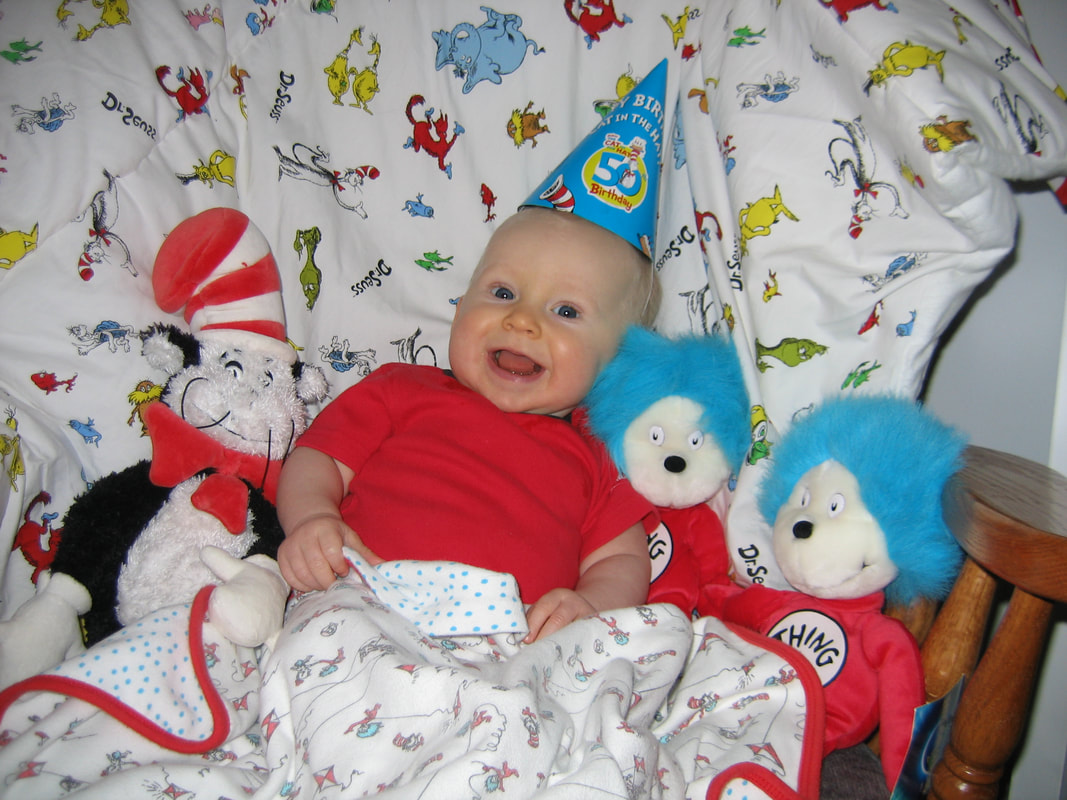

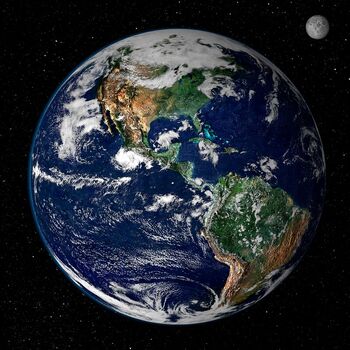

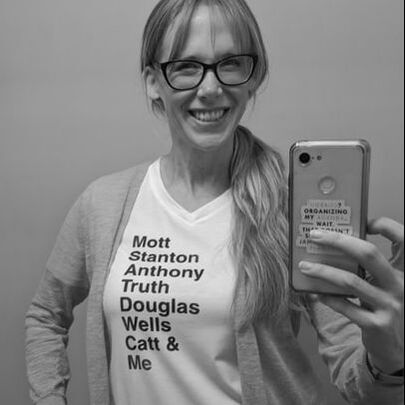
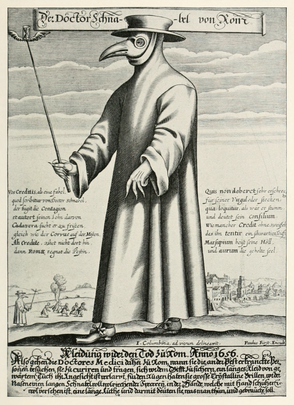
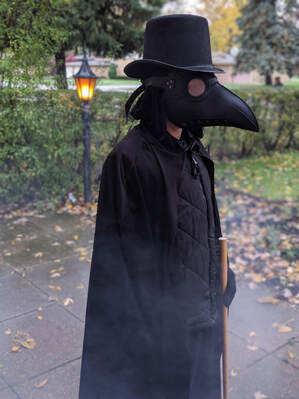
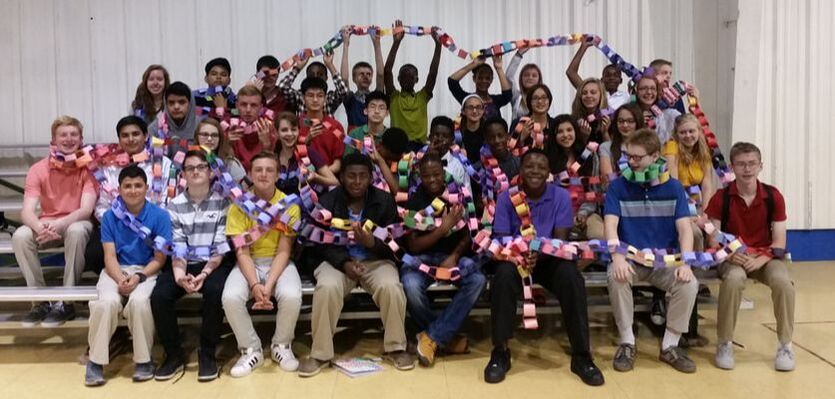
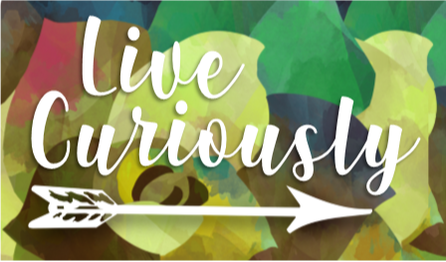
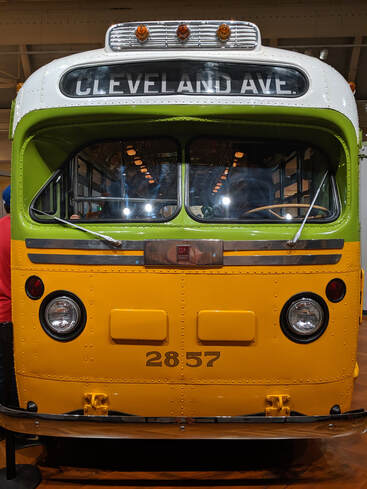

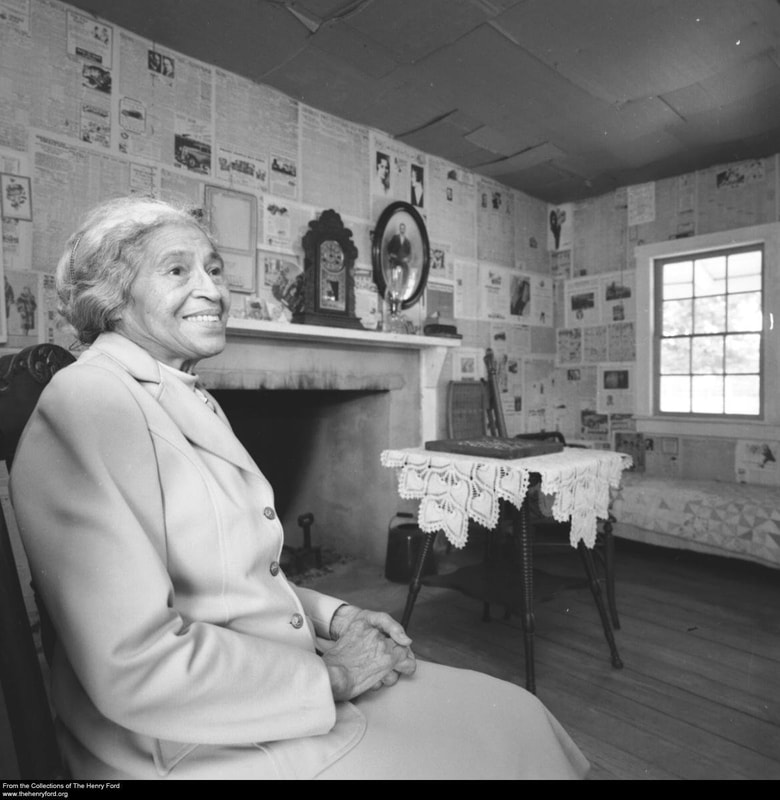
 RSS Feed
RSS Feed